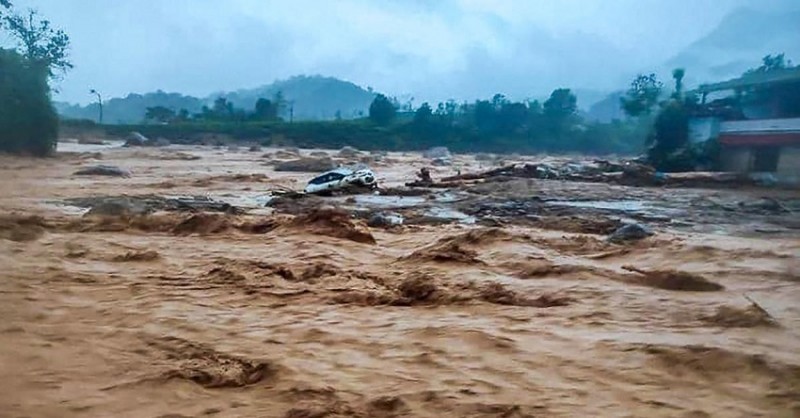
The Wayanad landslides in Kerala, which tragically claimed the lives of approximately 120 people and left many more missing or trapped, have been linked to climate change, deforestation, and excessive mining activities.
Scientists point to these factors as primary causes behind the catastrophic event. The Kerala region's vulnerability to landslides has been exacerbated by these human-induced activities and the impacts of climate change. Following the disaster, the Meteorological Department issued an orange alert, warning of more rain in the coming days.
Wayanad is recognized as the 13th most landslide-prone district in India. According to a landslide atlas released by the Indian Space Research Organisation's (ISRO) National Remote Sensing Centre in 2023, ten of the 30 most landslide-prone districts are in Kerala.
Loss of Forest Cover
A significant factor contributing to the landslides is the drastic reduction in forest cover. A 2021 study revealed that 56% of landslides in Kerala occurred in plantation areas. Further research in 2022 highlighted a 62% reduction in forest cover in Wayanad from 1950 to 2018. Historically, up to 85% of Wayanad was covered in forests until the 1950s, as reported by the International Journal of Environmental Research and Public Health.
This alarming decline in green cover, coupled with the ongoing mining activities, has made the region increasingly susceptible to such natural disasters. The need for sustainable environmental practices and urgent climate action is more pressing than ever to prevent future tragedies.
What is Landslide?
A landslide is the movement of rock, earth, or debris down a slope, often caused by gravity, water, or a combination of both. Landslides can occur suddenly or gradually and can be triggered by various factors, including:
1. Heavy rainfall or flooding
2. Earthquakes or tremors
3. Volcanic eruptions
4. Human activities (e.g., construction, mining, deforestation)
5. Soil erosion or instability
Landslides can take many forms, such as:
1. Rockfalls: sudden release of rocks or boulders
2. Mudslides: movement of mud or clay
3. Debris flows: mix of water and sediment
4. Slumps: rotational movement of rock or soil
5. Creep: slow, gradual movement of soil or rock
Landslides can have significant consequences, including:
1. Property damage or loss
2. Injury or loss of life
3. Environmental impacts (e.g., habitat destruction, water pollution)
4. Disruption of infrastructure (e.g., roads, bridges, utilities)
Read More Updates:
Kerala Health Minister Veena George Injured in Minor Accident Amid Wayanad Landslide Tragedy
Heavy Rain Forces Closure of All Educational Institutions in Kasaragod, Kerala
Tragic Landslide in Wayanad, 84 Dead: Rescue Operations Underway